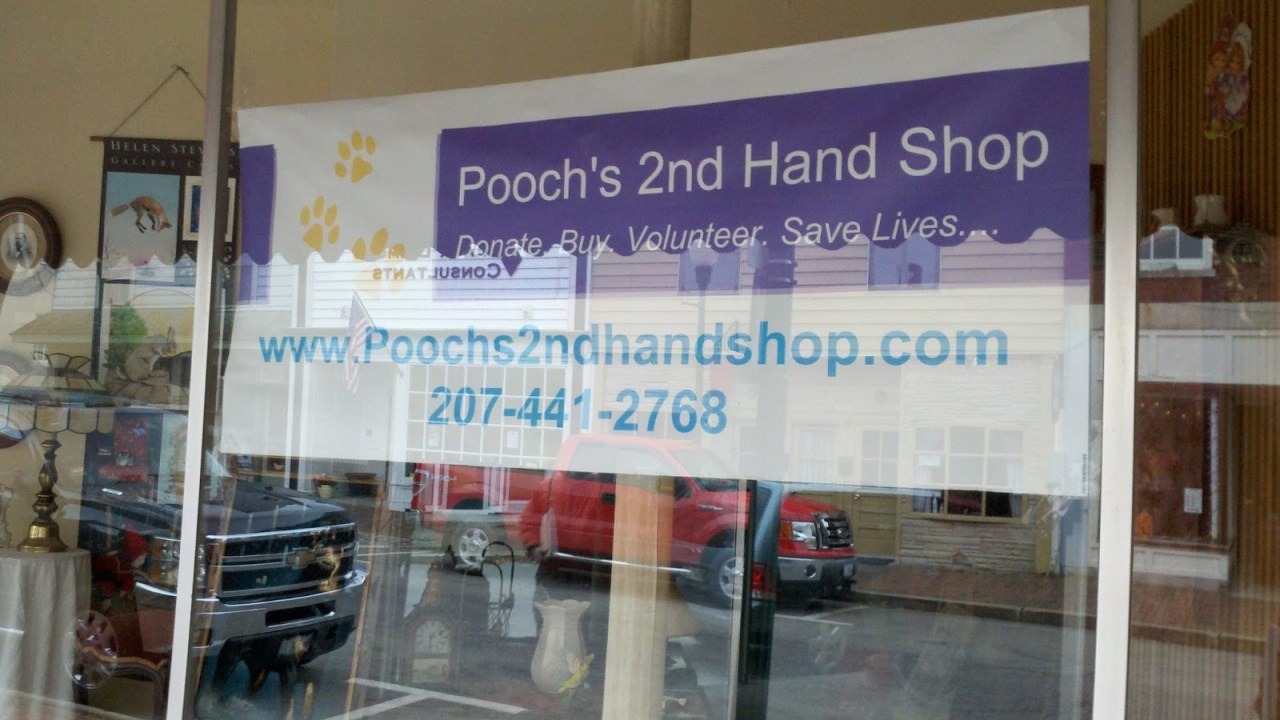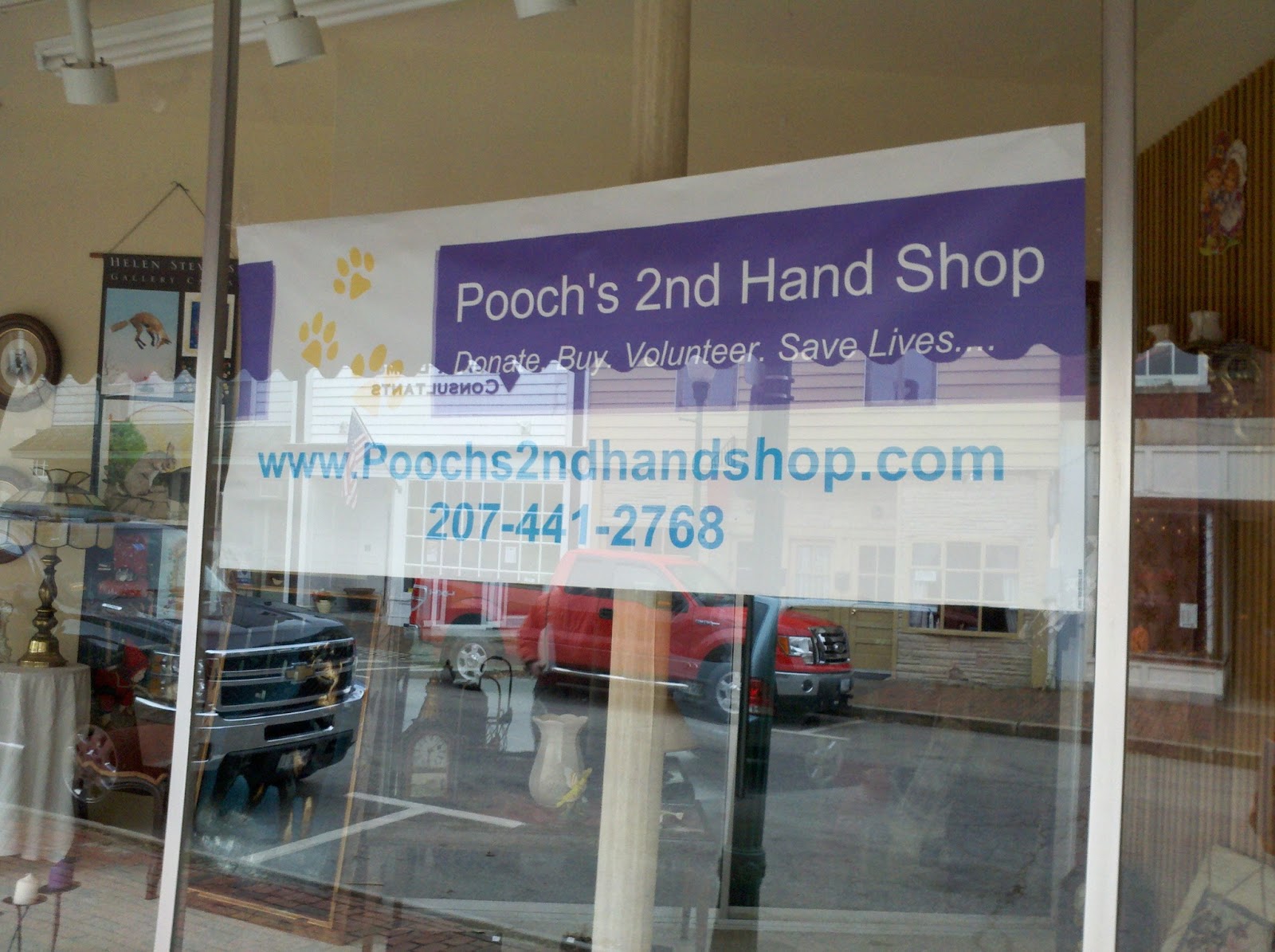One of the themes CFM explored in TrendsWatch 2012 was pop-up culture: the public’s growing appetite for mobile, transitory retail, culinary or cultural experiences. Today’s blog post is by Nate Rudy, director of economic and community development for the City of Gardiner, Maine, which just finished a pop-up retail experiment over the holidays. Nate “gets” the potential of museums to help revitalize the city center. How can we encourage more other administrators to share his vision? One starting point might be to share this post with your town’s planners as a starting point for a conversation on how museum can contribute to economic, and cultural, revitalization.
In a perfect world, every Main Street would have a museum of local and regional art or history. I say this as my small Maine city—population 5,800, struggling economy, community eager to rebuild itself in the shadow of its closed factories—takes bold measures to break from recent hardships and revitalize our main street. I wish that a history and art museum were part of the plan for my city’s downtown.
In the aftermath of the global economic adjustment and the factory closings that preceded it here in Maine, many of us lost jobs and income or have been compelled to change trades. For some, there’s a gnawing hole where identity, opportunity, and pride used to be. Our children look to us and our leaders for answers (and jobs, too) but we’re still trying to figure out what happened and what, if anything, we can do about it. After thirty years of shifts and adjustments in federal and state funding sources, small cities and towns like mine are starting to realize that meaningful changes happen locally and small-town politics, surprisingly, matter again. Residents are finding a voice at City Council and school board meetings, questioning their children’s education in civic engagement, and mapping the future of their own communities. Some towns do this with more gusto and clarity than others, but it’s happening here and elsewhere.
We’re starting to see that if we don’t do things to help ourselves, nobody else will.
Toward that end, our city’s Main Street program and the City’s economic and development department asked downtown building owners to let new businesses use their empty storefronts, rent-free, from Halloween to New Years Day last year. With luck and good cash flow, maybe the new businesses will stick around into the new year, but for sure our downtown looked vibrant and bright for the holiday season. The event made national news when we filled nearly every empty storefront —I read about it in the Portland Press Herald. Not Portland, Maine, but across the continent in Portland, Oregon.
One thing we didn’thave in one of those empty storefronts was a museum. But I hope some other town experimenting with pop-up development does—wouldn’t it be something if there was a pop-up museum in your downtown?
If the purpose of art is to reflect our culture back to us in an unfamiliar form, and to make the familiar and mundane once again fresh and exciting, what better resource could we employ than a museum in the heart of our new local economy? We need to remind ourselves who we were when our economy was thriving, and we need to show our children why the towns where they live were founded in the first place. We need to give the community an outlet for expression, reconnect ourselves to the wonder of experience, and explore how we can rebuild our economies and communities for a durable future.
From my childhood growing up in a suburban wasteland, I remember museums as destinations—places where we went and wondered before leaving on the school bus with the rest of our classmates. But what if the local museum was located on the way to work, next door to the lunch cafe, or near your child’s school? What a gift to the community to teach young people that their local history and historians are a source of information and context for the future and for civic life, and not just a place to go on a field trip or to humor a grandparent.
In a perfect world, that museum would be part of a community center that might include after-school art programs, a local art and craft gallery, studio space for art, exercise, and music, even municipal offices of community development. It would blur the lines between the past and the future, commerce and art, economy and community, and bring the foreboding, empty “museum on the hill” back to the fold of people and energy flowing through downtown.
Most importantly, that museum could stimulate local economies and teach young people the survival skills of ingenuity, self-expression, respect for that which preceded us, and appreciation for their community. It could anchor a downtown in which people live and create, where they patronize locally-owned shops selling handmade art, crafts and sundries and food. The museum and community art center would be like a global, year-long Kwanzaa–a celebration of gifts given and made by caring hands of someone you know. It couldpop up in a community like yours—maybe it should.
I know of a few museums that have experimented with pop-up culture. Maria Mortati’s SF Mobile Museum, of course, and the Denver Community Museum. Billy Joel’s motorcycle museum was conceived of during a pop-up “tactical urbanism” project in Oyster Bay, NY. On a grand scale, there is the internationally peripatetic BMW Guggenheim Lab. What other museums out there are experimenting with pop-up culture? Please use the comments section, below, to share your projects or tweet a link to the attention of @futureofmuseums.











Hi CFMers,
We got a grant at the Santa Cruz Museum of Art & History from the Irvine Foundation specifically to do event-based pop up museums throughout Santa Cruz County and to create a downloadable kit so anyone can pop up anywhere… even in Maine! The starter site is here: http://popupmuseum.org/
And we were heavily influenced/led in this process by Michelle DelCarlo, who has been working in this space for a long time: http://popupmuseum.blogspot.com/
We also had Michelle at the Australian Musuem, Sydney and we did a pop-up museum with students from a local boys high school. You can find out more here: http://australianmuseum.net.au/BlogPost/Audience-Research-Blog/Reflections-on-the-Pop-Up-Museum AND here: http://australianmuseum.net.au/BlogPost/From-the-Floor/Popping-up-at-a-museum-near-you
I love that Nate talks about pop-up museums in the context of economic vitality. Part of why I started doing pop-up museums was thinking about how to have the most impact with the limited resources I had. I'm excited to see others embracing the pop-up idea in a positive and meaningful way!
Thanks to Nina and Lynda. I'm continuing to explore this and other related topics on http://popupmuseum.blogspot.com.
The Museum of Durham History in Durham, North Carolina has hosted a series of pop-up museum events as a way to involve our community in the process of creating a new museum. Our pop-up museums have brought life into our new museum space even before we have fully raised the funds to up-fit and install permanent exhibits. Our only rule with these events has been that they have to be community-curated and that people have to take their things home with them when it ends.
We've found the format to be very flexible. We've done pop-ups around themes or simply invited a class at neighboring universities to create mini exhibits on Durham history and display them. Later this year a local institution – a historically African American life insurance agency that started in 1898 – will be celebrating its 115th anniversary and we are partnering with them to host a pop-up museum where employees and their descendants can bring in artifacts and memories.
Although we are a non-collecting museum, our pop-up museum have provided an opportunity to document some treasured objects in a town that has never had a local history museum to do so. We have invited photographers and audio documentarians to record the memories and artifacts that come to these events.
I should add that we, too, were inspired by Michelle DelCarlo's concept. I stumbled upon and then followed Michelle's blog and then we tailored the idea to suit our emerging local history museum.
Here's a blog entry about our first pop-up: http://museumofdurhamhistory.org/blog/things-i-learned-at-the-pop-up-museum/
This seems like an excellent idea for villages and small to medium sized towns. We will considerate for our upcoming fringe festival: http://www.mayfieldfringe.co.uk
At the Hull-House Museum, I experimented with a "museum of the streets" as part of the exhibit, Report to the Public: An Untold Story of the Conservative Vice Lords. The pop-up format allowed us to share the exhibit at locations where the history originally went down. The ability to connect with people who remember that history and could comment on it was invaluable. The panels are online at: cvl.hullhouse.uic.edu
We are also experimenting with the Pop-Up conversational spaces, influenced by Michelle DelCarlo under the name Smástundarsafnið/ Pop-Up Museum here in Iceland. You can see what we have been up to on our website: http://smastundarsafnid.wordpress.com/
Great fun and important bringing people together reflecting on their past, present and future to come.
We have started a roaming, modular, pop-up library in NYC called "the Uni" that we hope will be an easy way for many museums large and small to "pop-up" all over the city, together (we provide them with a cube to curate):
http://www.theuniproject.org/meet-the-cubes/
Already on board with us is NY Hall of Science, Museum of Chinese in America, and Louis Armstrong House Museum. We're hoping to add a lot more this year.
This story in the NYT http://www.latimes.com/entertainment/arts/culture/la-et-cm-el-segundo-museum-20130205,0,3375655.story talks about a new museum that seems to fit Nat's description. A couple who privately collect art decided that instead of renting a storage space, they would open a teeny (2000 ft sq) museum in their community to supplement local art education, which is being cut in the schools. The article points out "
the schools don't even need to rent a bus. As Brian [one of the founders], 51, pointed out, El Segundo has four public schools — one high school, one middle and two elementary, all within walking distance. "It's our objective to have all kids in the school system come through our space. They can just walk over"